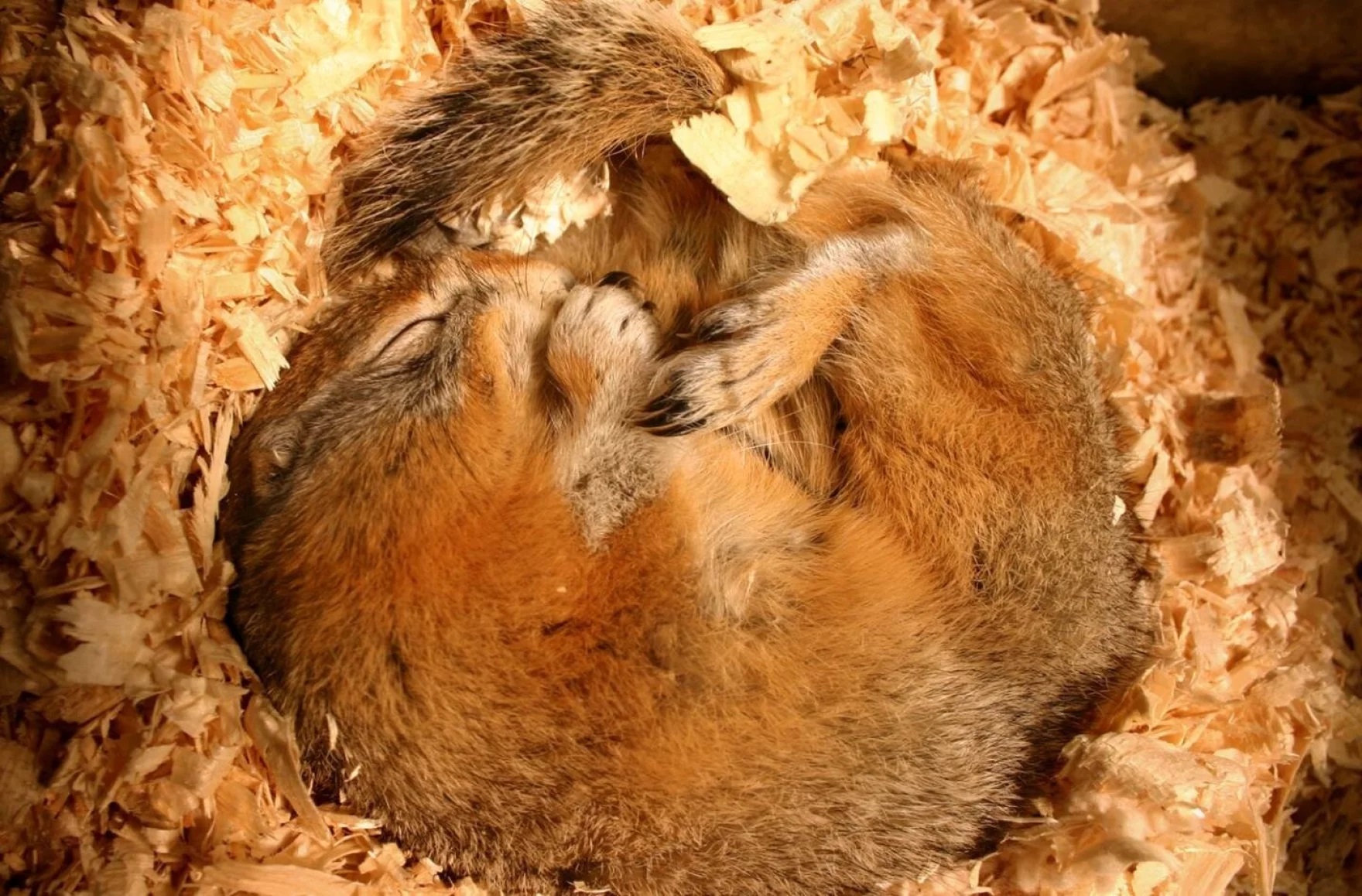
Hibernation scientists at University of Alaska Fairbanks have invited colleagues and students from around the world to a workshop in Fairbanks. They reviewed each others’ findings indoors last week, and they have already been to a supercooling lab and done several hands-on experiments.
Dr. Kelly Drew, at UAF’s Center for Transformative Research in Metabolism, is one of the coordinators of the two-week summer school. Fellow coordinators include Brian Barnes and Oivind Toien, who is giving a lecture about bears.
Drew, known for her ground-breaking work in drugs and cryogenics, said about three dozen scientists and students have come to share and hear the latest discoveries.
“They’re from everywhere. We were so excited to see the international interest,” Drew said.
Neerha Lal, from Scripps Research in San Diego, agrees.
“They’ve attract quite a lot of people throughout the world right now, and it’s making quite a buzz,” Lal said.
Lal’s work in California focuses on understanding brain circuits in mice.
“The applications are immense what understanding hibernation can bring to medical science,” he said. “I think most of the disease what we are struggling with right now — heart diseases, neurodegenerative diseases — I think answers to those will lie in these kind of research.”
Hibernation occurs across the world, so how has Fairbanks, and UAF specifically, become an international center for hibernation research? Credit the Arctic ground squirrel, which was discovered in 1989 to lower its body temperature to below freezing and survive.
That discovery, by Barnes, rocked science. It also seeded subsequent research in cryogenics that could benefit emergency medicine and space travel.
Dominico Tupone is visiting Fairbanks from Italy’s University of Bologna. He’s studying thermal regulation with Drew.
“We work on hibernation and I’m interested in what the animal and the species that are present here in Alaska,” he said. “And I’m studying thermal regulation, and the interest in hibernation is directly correlated to the study I’m doing.”
Matt Andrews teaches at the University of Nebraska, which is using molecular biology of hibernation to develop therapies and medicines for humans.
“We’ve had success at developing a therapy for hemorrhagic shock,” he said. “So, one person has profound bleeding, like in vehicular accident or a wartime injury, and they lose a lot of blood. This is a way that you can put the cells of their body into like a hibernation-like state so that you buy time to get them to the hospital.”
Haoran Cao is a graduate student from Yale University
“This hibernation workshop really brings together the hibernation community,” Cao said. “So for me, as one of the newest people in the field, it’s nice to actually hear from Brian, hear from Oivind about all their research. It’s really nice to see like the whole community and how we were doing hibernation field.”
This week the workshop heads up to UAF’s Toolik Lake Research Station in the Brooks Range for outdoor lab work on Arctic animals.




